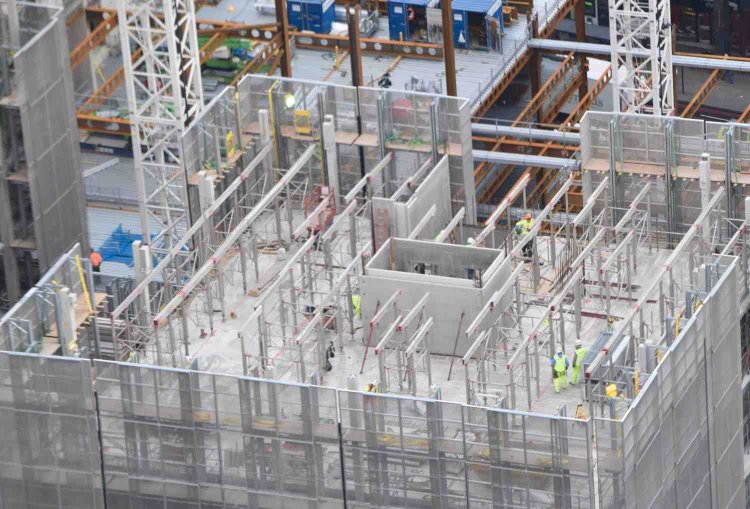Common BIM Coordination Challenges in MEPF Systems
Building Information Modeling has revolutionized how we design and construct buildings, but MEPF coordination remains one of the most complex puzzles in the construction process. When mechanical, electrical, plumbing, and fire protection systems collide—literally or figuratively—projects face costly delays and frustrating rework.

The Clash Detection Dilemma
|
Why Clashes Keep Happening
|
|
Top 5 MEPF Coordination Roadblocks
Inconsistent Modeling Standards
Different teams follow different LOD requirements, creating models that don't align properly during coordination reviews.
Poor Scheduling Synchronization
When trades don't coordinate their model updates, clashes get resolved only to reappear in the next iteration.
Communication Breakdowns
Critical information gets lost between architects, engineers, and contractors, leading to assumptions that cause problems downstream.
Software Incompatibility
Different platforms and file formats create translation errors that compromise model accuracy and coordination efforts.
Space Constraint Conflicts
Ceiling plenums, risers, and mechanical rooms become battlegrounds when insufficient clearances aren't identified early enough.
The Real Cost of Poor MEPF Coordination
When MEPF coordination fails, the consequences ripple through every phase of construction. Field conflicts discovered during installation can halt work for days or weeks, keeping entire crews idle while engineers scramble to redesign solutions on the fly.
Rework from coordination issues extends timelines significantly
Material waste, labor, and schedule impacts add up quickly
Poor coordination is a leading cause of cost escalation
Establishing Effective Coordination Workflows
Define Clear Modeling Standards
Establish LOD requirements, naming conventions, and coordinate systems before any modeling begins. Document these standards in a BIM execution plan for all trades to follow.
Create a Coordination Schedule
Establish consistent intervals for model exchanges and clash detection reviews. Weekly coordination meetings prevent minor issues from escalating.
Implement Collaborative Review Sessions
Conduct joint walkthroughs—online or onsite—to solve conflicts together. Real-time collaboration eliminates slow communication bottlenecks.
Track and Document Resolutions
Keep a structured clash log that records issues from identification to closure. This ensures accountability and helps prevent recurring coordination problems.
Technology Solutions That Actually Work
|
Smarter Tools, Better Outcomes
Automated clash detection runs continuously in the background, flagging new conflicts immediately rather than waiting for scheduled reviews. This proactive approach catches problems while they're still easy to fix. Companies like Consac leverage advanced BIM coordination workflows that integrate seamlessly with project teams, providing engineering expertise that bridges the gap between design intent and constructability. |
|
Moving Forward: From Reactive to Proactive
Transform Your Coordination Process
The future of MEPF coordination lies in proactive planning rather than reactive problem-solving. With clear workflows, strong communication, and collaborative technology, project teams can prevent most coordination challenges before they impact schedules or budgets. Thorough coordination leads to smoother construction, fewer change orders, and buildings that perform exactly as intended.
- • Start coordination early in schematic design
- • Invest in team training and standardized workflows
- • Measure and track key coordination metrics
- • Review lessons learned to improve future project outcomes
What's Your Reaction?


















